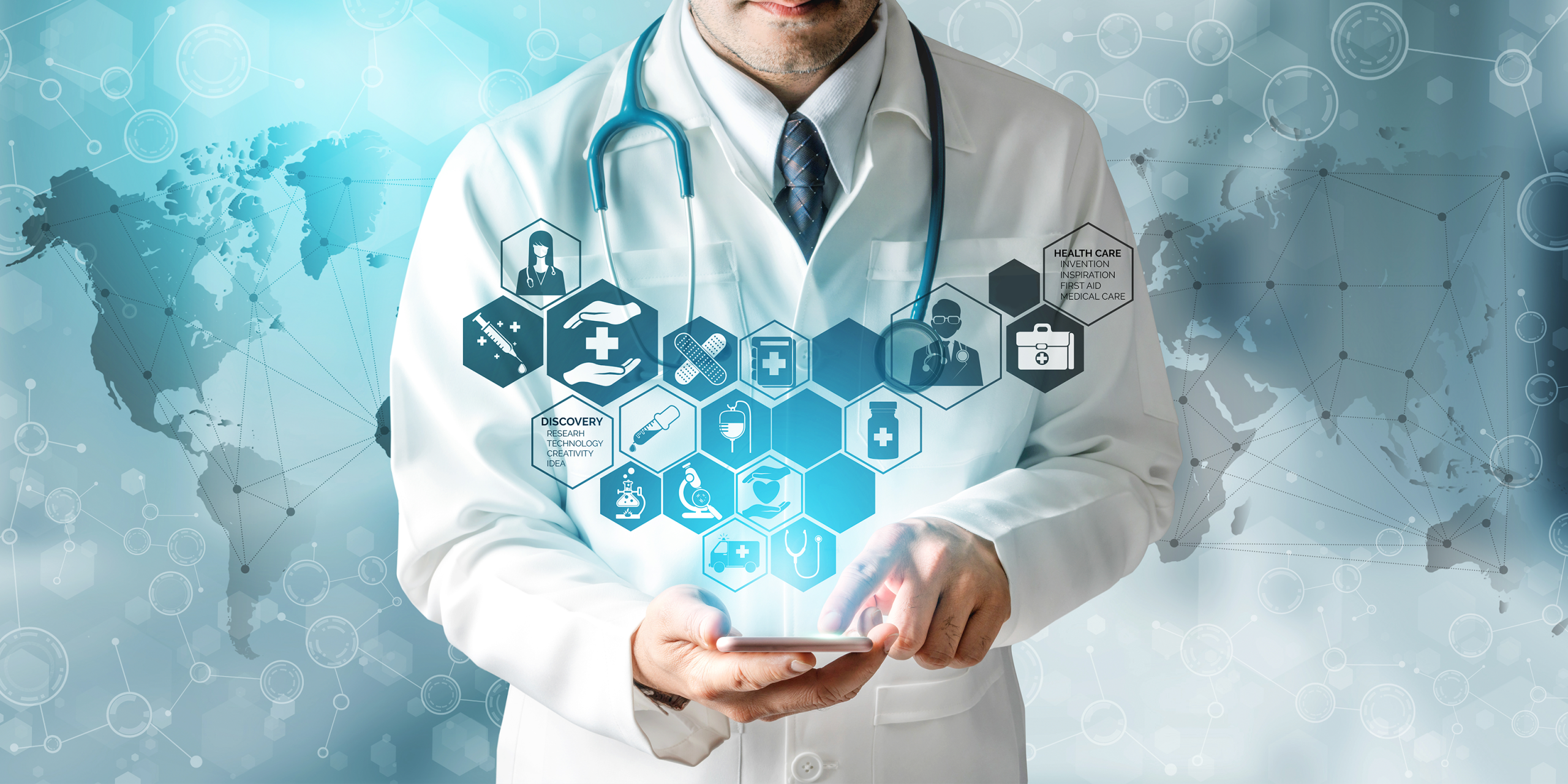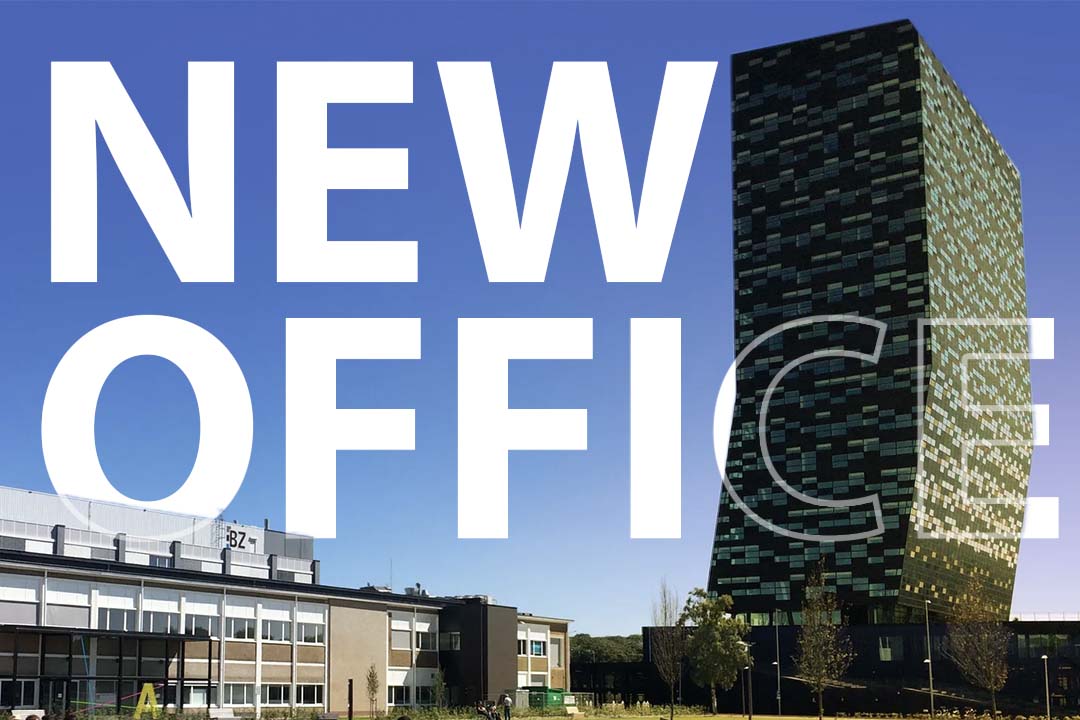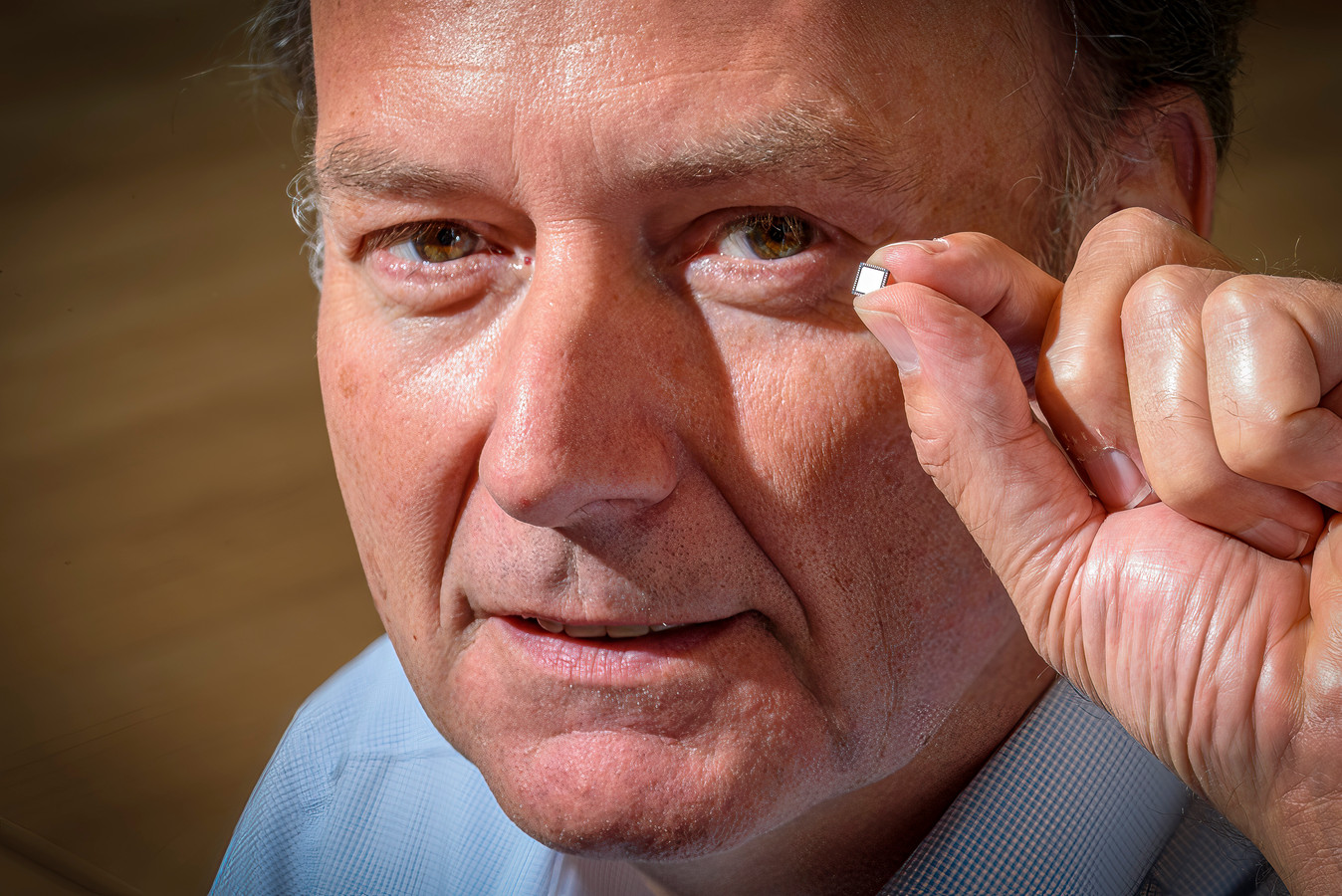
The impact of advanced biosensor technology on the global medical industry
In recent years, developments in biosensor technology have revolutionized the medical industry. From ECG monitoring to wearable health trackers, these devices have provided new approaches for medical professionals to track and monitor the health of patients.
Biosensor technology has also opened up new opportunities for remote patient monitoring, allowing for greater accessibility to healthcare. With the continuous improvement in technology, biosensors are becoming more and more advanced, providing faster, more precise, and cost-effective solutions to the medical industry.
In this blog, we will explore the actual impact of advanced biosensor technology on the medical industry. What factors account for this impact? And why is this important?
1. The challenges of Remote Patient Monitoring
The modern biosensor technology are transforming the medical industry, providing medical practitioners with a more advanced way of measuring and analyzing vital signs and body functions. These technologies allow medical practitioners to diagnose various medical conditions more efficiently and have improved patient outcomes significantly.
Large bulky Holter monitors used to be the gold standard for non-invasive cardiac monitoring. Although these Holter monitors solved a lot of issues and provided more freedom to patients whilst allowing physicians to monitor patients for multiple days or even weeks at the same time, the solution is far from optimal. The first and foremost being that the devices are rather bulky and form a barrier for patients to function as they would normally do. They are wearing a costly device with you after all.
Advancements in biosensor technology allow for minimizing the size of Holter-like devices to the size of a smart patch. A device so small that when you wear it you barely notice it. These solutions are possible with the development of low-power micro-electronics and smarter algorithms.
Access to these smart solutions do not only allow for less burdensome measurements for patients, but also for a total reorganisation of the diagnostic procedure. Where Holter monitoring for a few weeks used to be a careful decision made by a physician based on routine 30 minute ECG recordings that were inconclusive, the 2 weeks smart patch ECG monitoring solution can become mainstream. Smart algorithms may assist in the diagnostic procedure and the need for those, often inconclusive, ECGs are something for the past.
2. Benefits for Healthcare
Biosensor technology and wearable patches does not only have benefits for patients themselves. In addition, the healthcare industry – including hospitals, ambulatory, medical device manufacturers – experiencing the following advantages:
- Increased efficiency
- Reduced costs
- Improved data collection
- Improved Patient Outcomes
Increased efficiency
Wearable biosensor technology allows hospital staff to monitor patients’ vital signs from a distance. This eliminates the need for staff to make frequent in-person visits to patients’ rooms, freeing up time to attend to other important tasks. Additionally, remote monitoring can help hospitals identify potential health issues earlier, allowing for prompt intervention and treatment.
Reduced costs
By using remote monitoring, hospitals can reduce the costs associated with frequent in-person visits and hospital stays. This is particularly true for patients with chronic conditions who require ongoing monitoring. Remote monitoring can help prevent costly hospital readmissions and emergency department visits by alerting hospital staff to potential health issues before they become severe.
Improved data collection
Wearable biosensor technology allows hospitals to collect data on patients’ health metrics in real-time. ECGs can now store large amounts of data more cost-effectively and quickly using algorithms in machine learning and artificial intelligence, enabling real time data. This data can be used to inform treatment decisions, identify trends and patterns in patients’ health, and evaluate the effectiveness of different treatment strategies. By having access to more comprehensive and accurate data, hospitals can make better-informed decisions about patient care.
Improved patient outcomes
Remote biosensor technology allows for more proactive and personalized care to patients. This can lead to improved patient outcomes, including reduced hospital stays, better management of chronic conditions, lower risk of complications and in general a higher quality of life.
3. Time to shift towards more Remote Monitoring of patients
Biosensor technology has significantly advanced over the past years. With today’s advancements in technology the time is near to become a real game-changer in the field of remote patient monitoring. The rising costs of healthcare and the rising expectations of patients and their families can only be managed when we move to smarter remote solutions that provide the most reliable and best information for healthcare professionals to base their decisions on.
Biosensor technology in remote patient monitoring has a lot of potential in this direction. It will help improve the quality of healthcare services and reduce the burden on healthcare professionals. Patients will have greater control over their health and physicians will have the information they need to make informed decisions about patient care.
Sencures technology enables the shift to more remote monitoring solutions. Read more about our specialized biosensor IC technology down below.
Share this article
Follow us
A quick overview of the topics covered in this article.





